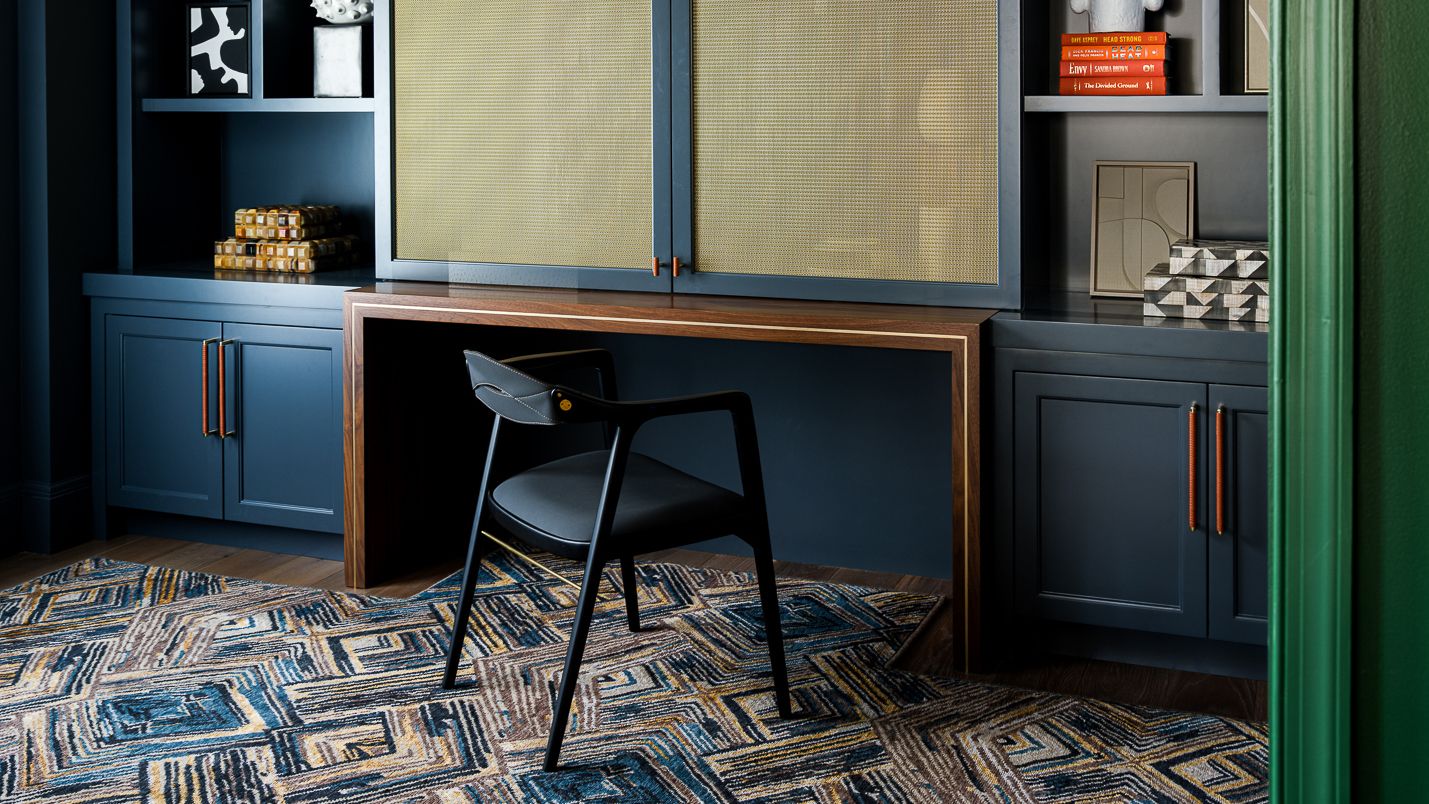6 Living Room “Upgrades” That Instantly Make Your Home Look Bad, Designers Say
:max_bytes(150000):strip_icc()/GettyImages-667507168-af1cbd20347e4f2aa517fb9bea4b0d4a.jpg)
Key Takeaways
- Accent walls make a living room look lopsided, especially when a built-in is placed in front of it.
- Matching furniture sets may feel cookie-cutter and sterile, instead of warm.
- Living rooms with limited natural light appear cave-like when painted in dark colors.
It’s always nice to give the living room a facelift. After all, it’s a space that we spend so much of our lives in—and with all that foot traffic, it can start to wear down over time. However, not all decorative changes are necessarily an upgrade.
From flooring faux pas to overbearing decor, certain features can completely alter the look of your living room—and not in a good way.
Ahead, designers share six tacky living room “upgrades” that actually make your space look bad, so you can steer clear of any costly mistakes.
Meet the Expert
- Brittny Button is an interior designer and the founder of Button Atelier.
- Emily LaMarque is the principal designer and founder of Emily LaMarque Design Studio.
Feature Walls
John Keeble / Getty Images
While accent walls were trending for several years, they have started to lose their appeal among the masses. However, it’s not just about trends.
“[Feature walls] can tend to make the room appear lopsided, especially if a built-in bookshelf is added,” explains interior designer Brittny Button. “This kind of visual weight can close in the room and make it feel small.”
Instead, Button suggests adding built-ins to walls that are side by side—”ideally on either side of a door opening to create symmetry,” she notes.
Want more design inspiration? Sign up for our free daily newsletter for the latest decor ideas, designer tips, and more!
Furniture Sets
tulcarion / Getty Images
While matching furniture sets may seem like a smart way to create cohesion, it can actually end up looking more cookie-cutter and clinical in a living room.
“It can be helpful to coordinate pieces that work well together but don’t look as though you bought the entire page out of a catalog,” explains interior designer Emily LaMarque. “Feel free to mix new and vintage items together, combine different colors and textures, and be open to waiting for the right piece to come along.”
This ultimately makes a room feel warmer and collected.
Paint Colors That Are Too Dark for the Space
Katarzyna Bialasiewicz / Getty Images
Dark paint colors aren’t completely off the table in living rooms. It’s just about making sure you use it in a balanced way—especially if there is limited natural light in your living area.
“[Certain paint shades] can darken and close in the space to the extent that it feels cave-like, especially when the ceiling is painted the same color as the walls,” Button says. “Be mindful of the intensity of the color and swap for a lighter shade if it feels too dank.”
Button likes using the classic approach of painting a patch before going for a full treatment, usually up around a door opening and extending it up to the ceiling.
“Then, I live with it for a few days to gain a sense of whether it is too dark, viewing it at different times of the day—like morning, noon, and evening,” she adds.
Recessed Lights
Nazar Abbas Photography / Getty Images
When remodeling a living room, you might feel inclined to add lots of recessed can lights. However, there’s a catch.
“While recessed lighting can absolutely provide visibility for detailed tasks, such as cleaning, too much directional down-lighting can make a space feel cold and impersonal,” LaMarque says.
Instead, LaMarque suggests adding decorative fixtures such as sconces, floor lamps, and table lamps to create atmosphere and intimacy in your living room.
Distinct Flooring
Flooring with alternating colors or accents can look interesting before it get placed on the ground.
“[But] they tend to cut up a space and don’t create cohesion,” Button notes. “Instead, keep flooring universal in most areas to keep a continuous flow.”
Looking for a flooring option that won’t become irregular over time?
“There’s incredible ceramic tiles now that look exactly like wood and are much easier to maintain against wear, spills, and day-to-day dirt,” Button says.
Rugs That Are Too Small
Credit: Peter Mukherjee / E+ / Getty Images
Finding the right size rug is a tricky task—and a common mistake is choosing one that’s too small.
“People often underestimate the correct size of area rug required in the living room, and itty-bitty rugs tend to look like a cheap afterthought,” says LaMarque.
So if you’re replacing your rug, make sure to select an ample size. One that’s 8×10 or 9×12 is common for many living rooms, LaMarque notes.
“Furniture, such as the sofa, should sit at least halfway on the rug at a minimum, and you can err on the side of caution and make sure the rug sits under the entire furniture grouping,” she adds.
link



:max_bytes(150000):strip_icc()/GettyImages-1007782830-d50d06cd56bc4a1e89965a77dcd837c9.jpg)

